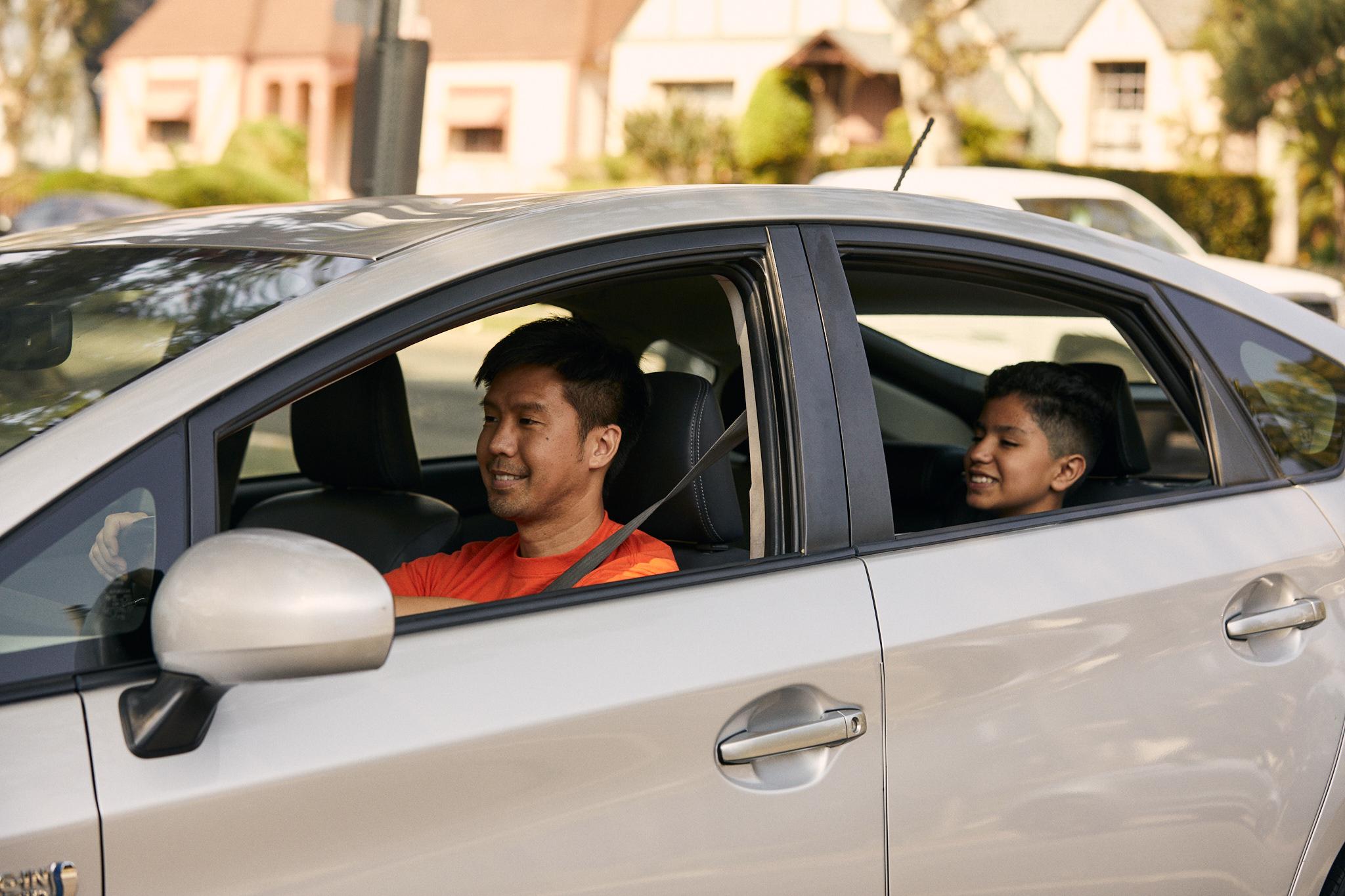The U.S. Department of Education highlights the vital role of transportation for foster youth
Earlier this year, the U.S. Department of Education’s Office of Elementary and Secondary Education wrote a letter to state school administrators across the country reminding them of the responsibilities state educational agencies (SEAs) have to support the unique needs of students in foster care. These responsibilities are outlined in the Elementary and Secondary Education Act of 1965 (ESEA).
Urging SEAs to continue to work alongside local educational agencies (LEAs) to address persistent challenges for students in foster care, the Department of Education letter highlights specific requirements that are vital to the educational success of these students — including school of origin transportation.
Given the many challenges foster youth face, transportation is not always prioritized as a main area of support for these students. As the leader in innovative, supplemental school transportation solutions, HopSkipDrive is well versed in working with districts, schools, counties and social service agencies to meet the transportation needs of foster youth. We fully understand just how critical a factor transportation is in their educational journey.
Below, we’ll explore some quick facts about the educational experience of students living in foster care. We’ll also review some key benefits these students can experience when reliable transportation is provided for them, and highlight a HopSkipDrive success story involving school of origin transportation for a foster student in high school.
Mobility, stability and educational opportunities
Students in foster care face a disproportionate set of hurdles in achieving positive educational outcomes. A key driver behind these challenges is the high mobility that inherently comes with the foster care system. Students living in foster care face frequent changes in living situations, schools and even school districts, which disrupt their education and make it difficult for them to build meaningful connections with teachers and peers.
When it comes to foster youth education, research has shown that:
More than 40% of children living in foster care have educational difficulties
Only 50% of children in foster care will finish high school
High school dropout rates are three times higher for foster youth than other low-income children
In 2022, 30% to 50% of students in foster care received special education services as compared to 14% of non-foster students
Foster students are three to four times more likely to be expelled than students who are not in foster care
Less than 10% of former foster youth will earn a college degree
This is where reliable transportation can step in as a lifeline, offering stability and educational continuity that can make all the difference.
Reliable transportation: A bridge to educational success
A dependable means of transportation is an indispensable tool in ensuring stability for foster care youth. Often, when youth are placed in foster care, they may be separated from siblings and continuing to attend their school-of-origin is the only way they can see their family.
When these students are able to remain in the same school despite changes in their living arrangements, the results can be transformative. With reliable transportation comes educational stability, which can offer a familiar environment, a sense of belonging, and a chance to forge lasting connections. Perhaps most importantly, this can offer increased academic engagement that brings with it hope for the future.
According to data from the American Bar Association’s Center on Children and the Law, increased school engagement has the potential to safeguard against behaviors that can jeopardize academic progress, and is linked to improved mental and behavioral well-being.
Other benefits of the educational stability foster youth gain with reliable transportation include:
A steady educational foundation that allows for academic growth and success
The ability to maintain relationships with teachers, mentors, and friends
Access to resources and opportunities beyond the classroom such as counseling services and extracurricular activities
A sense of empowerment and control over their education — and lives
The chance to break the cycle of disadvantage and create better opportunities
HopSkipDrive success story
In the quest to address educational disparities faced by foster care youth, the significance of reliable transportation cannot be overstated. Take, for example, the story of Georgina, a foster youth who had attended four different schools during high school. A partnership between her school district and HopSkipDrive enabled her to remain in her school of origin, attend school with her siblings, and graduate with honors.
As we strive to build a more equitable educational system, investing in reliable transportation for foster care youth is an investment in a brighter and more promising future for these resilient students.
Reach out to us to learn more about working with HopSkipDrive to meet the unique transportation needs of students living in foster care.


